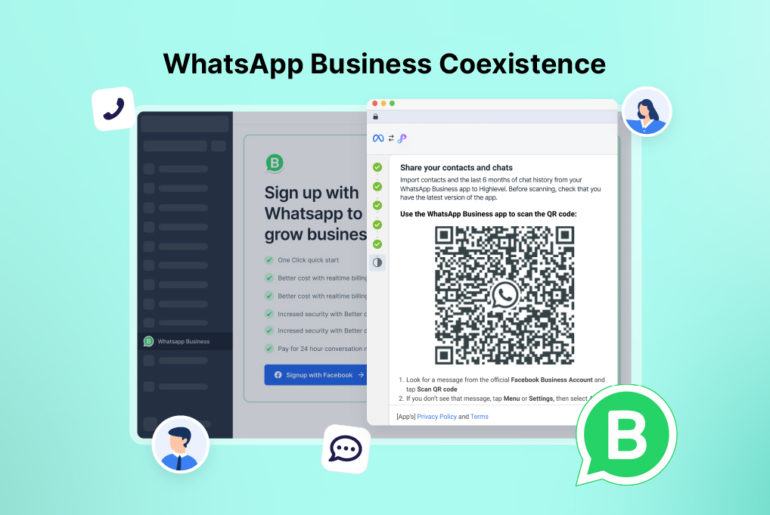Gravity Forms is a powerful, user-friendly WordPress form builder plugin that allows you to easily create stunning forms for your WordPress Page. It comes with highly advanced features that help users to build complex forms quickly. However, if you want Gravity Forms to pop up on a page, this is unfortunately not a feature that’s included by default. But don’t worry, If you’re looking to make your Gravity Forms pop up on your WordPress page, there’s a workaround.
In this article, we’ll guide you through how you can make Gravity Forms pop up on your WordPress page. We’ll also explain the process of integrating pop-up Gravity Forms on your website, from selecting the right plugin to customising the form’s appearance and behaviour.
How to make Gravity Forms pop up
Though Gravity Forms don’t pop up by default, there are many plugins you can use to make your Gravity Forms pop up. All you need to do is install and activate the appropriate plugin and customise the settings accordingly. Here’s how to do it.
Step 1: Find the appropriate plugin
There are several plugins available on WordPress that help you create pop-up Gravity Forms. But first, you should ensure what type of popup you want, i.e – whether you want regular popup or modal popup. What makes modal popups different from regular popups is that while there’s usually a ‘close’ button in regular popups, users can’t navigate away from modal popups without interacting with them first. You have to be very careful while planning a modal popup since it can cause users to leave the page. Here are a few popular plugin options for Gravity Forms:
Gravity Forms Popup: This plugin can be a great option to display Gravity Forms in a popup window on your website. It offers customisable templates, animations, and triggers.
Popup Maker: Popup Maker is a popular and versatile popup solution for WordPress Forms. It works with a variety of form plugins, including Gravity Forms and offers multiple trigger options, including time-delayed popups, scroll triggers, and exit-intent popups.
OptinMonster: OptinMonster is a lead generation tool, but you can also use it to create popups with Gravity Forms. It comes with a variety of templates, targeting options, and customisation settings.
Step 2. Integrate Gravity Forms with popup plugins
Once you choose the right popup plugin for your Gravity Forms, the next step is to integrate Gravity Form with your popup plugin. You’ll have to first install and activate the plugin and customise it according to your requirements. Here’s the process:
Step 1: Navigate to “Plugins” on your WordPress dashboard. Then search for the popup plugin you’ve chosen. Install and activate it.
Step 2: Once activated, go to the plugin settings and configure it according to your preferences, such as when and how you want the popup to appear (trigger and appearance).
Step 3: Once you’ve set up your plugin, connect it to your Gravity Form by selecting the form from the plugin’s options or by using a shortcode.
Step 4: Customise the appearance and behaviour of your popup form to match your website’s design and user experience requirements.
Setting up triggers for your popup forms
Triggers are crucial elements of popup forms. They determine when your popup form would appear on a page. Therefore, setting it correctly is crucial for a pleasant user experience on your website and conversion rate of the forms. Some common types of triggers include scroll-triggered pop-ups, which appear when a user scrolls down a certain percentage of the page; exit-intent pop-ups, which show up when the user is about to leave the site; and time-based pop-ups, which appear after a specified amount of time has passed.
You can easily customise the triggers in the plugin settings or individual popup form settings. Customising triggers correctly ensures that your pop-up form appears at the right moment to capture user attention and increase conversion rates.
Tips for optimising Gravity Forms pop up
Here are some tips to help you make the most out of your popup Gravity Forms:
- Avoid displaying the form too frequently: Displaying forms too frequently can be intrusive and give a negative impression to your visitors.
- Test different triggers and settings: Testing various options helps you figure out which combinations work best for you and your audience. Make sure you regularly test different ways of displaying popups.
- Keep track of the performance of your forms. Regularly analysing the performance of your forms, such as the number of form submissions and the bounce rate helps you make necessary adjustments and optimise engagement and conversion rates.
Conclusion
Making Gravity Forms pop up on your WordPress pages is really easy with the right plugin. However, keep in mind that customising your pop-up forms correctly is also crucial. Designing the forms and setting up the trigger correctly ensures users have the best experience on your website. It also helps increase conversion rates of your forms. Also, make sure you experiment with various plugins and customise their triggers, appearance, and behaviour, to determine what’s the most effective popup form experience for your users. And finally, monitor and optimise your form performance continuously to achieve the best results.
If you’re collecting leads on your Gravity Forms, you’re probably looking for a faster way to access them so you can contact them quickly and increase your chances of converting them. Why not try Privyr? Privyr is a mobile-first CRM that helps you receive your Gravity Forms leads on your mobile device instantly. The app also allows you to contact your leads within seconds through popular messaging apps like WhatsApp, SMS, and iMessage. The best part is that receiving leads on Privyr is free.
Try Privyr for free! You won’t need more than a minute to learn how to use it.








